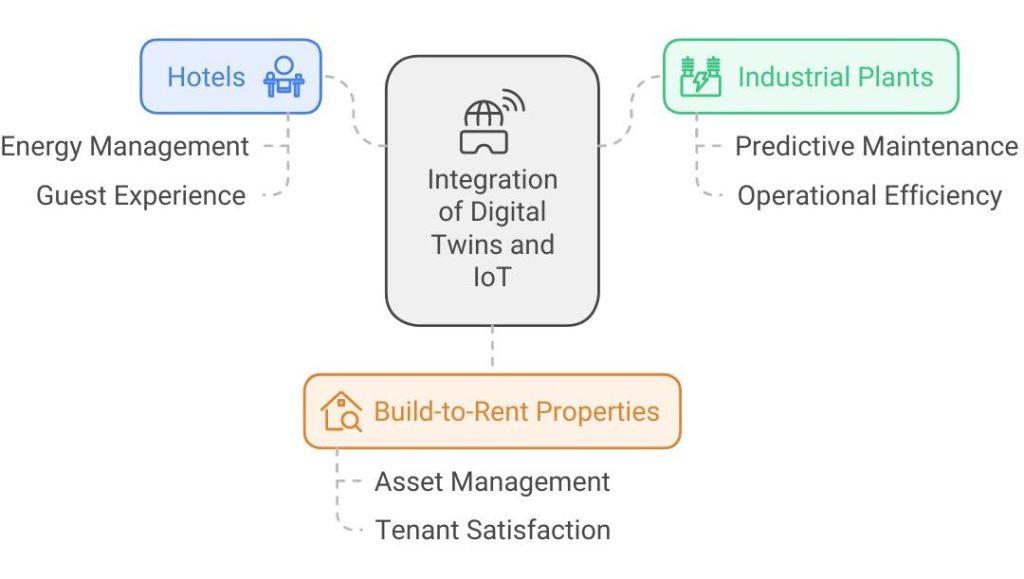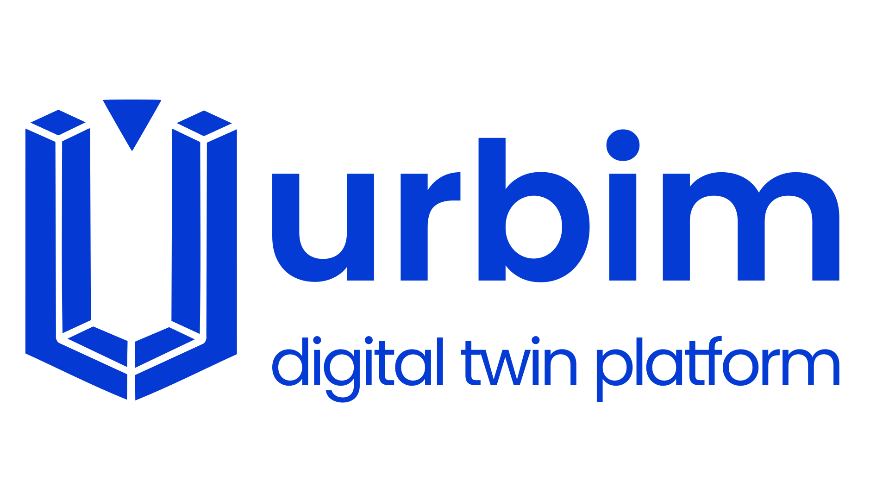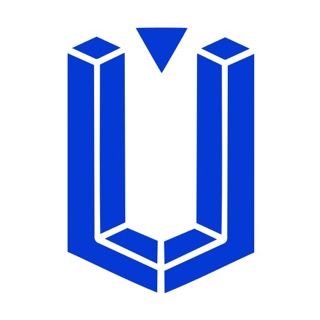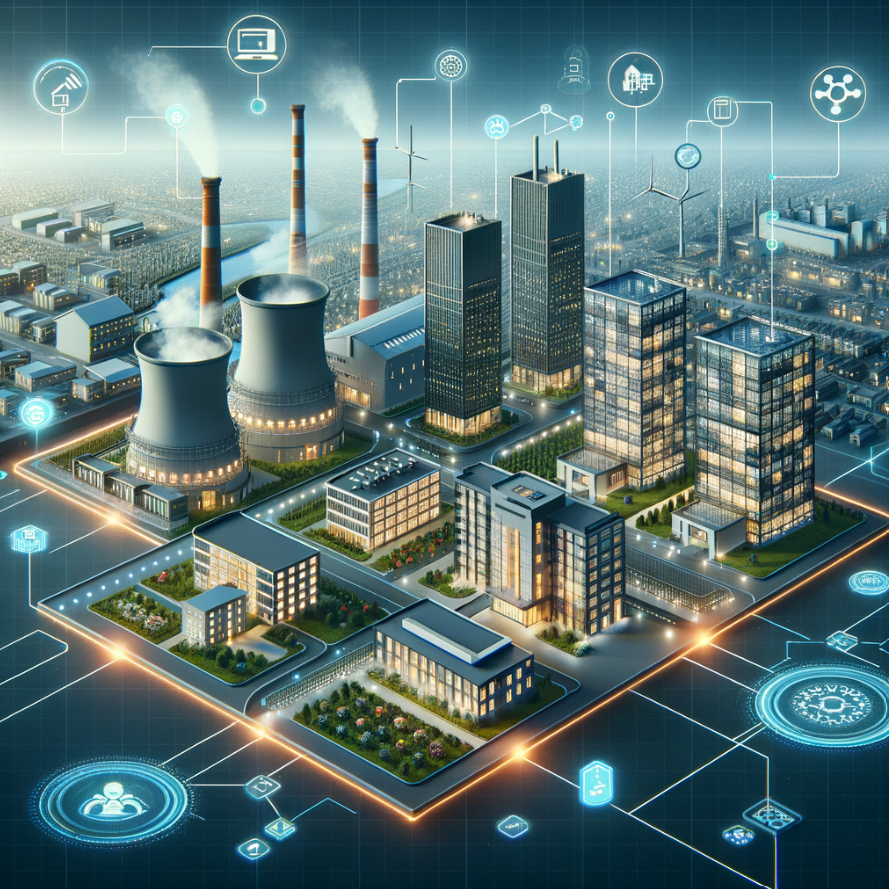In today’s rapidly evolving technological landscape, the integration of Digital Twins with Internet of Things (IoT) is revolutionizing various sectors, driving a new era of efficiency, predictive management, and personalized experiences. This article will delve into how this powerful combination is transforming real-time monitoring and management in hotels, industrial plants, and build-to-rent properties. By the end, you’ll have a clear understanding of the immense value that companies like URBIM bring to this domain, positioning them as leaders in the field.
What are Digital Twins and IoT?
Understanding Digital Twins
A Digital Twin is a sophisticated virtual replica of a physical asset, system, or process. This digital counterpart is not just a static model; it continuously evolves by utilizing real-world data, advanced simulations, and machine learning algorithms to mirror the lifecycle and behavior of its physical counterpart. This dynamic relationship allows for in-depth analysis, predictive insights, and the optimization of performance and maintenance schedules, making digital twins a cornerstone of modern asset management and operational strategies [1].
The Role of IoT
The Internet of Things (IoT) encompasses a vast network of interconnected devices, each capable of collecting, transmitting, and analyzing data in real-time. These devices range from everyday household gadgets to complex industrial machinery, all contributing to a data-rich environment. In the context of digital twins, IoT serves as the critical data source that powers these virtual models. The ability of IoT devices to provide continuous, real-time data feeds is indispensable for maintaining an accurate and up-to-date digital twin, thereby enabling more informed decision-making and proactive management [2].
Applications in Hotels
The hospitality industry is increasingly adopting the integration of Digital Twins and IoT to optimize operations, enhance guest experiences, and manage resources more efficiently. Here’s how this technology is making a difference:
Energy Management
In hotels, energy consumption is a significant operational cost. By integrating IoT sensors with Digital Twins, hotels can achieve real-time monitoring of energy usage across various systems, such as HVAC, lighting, and appliances. This data allows for detailed analysis of energy consumption patterns and identification of inefficiencies. Digital Twins can simulate the impact of different energy-saving strategies, enabling hotel management to implement targeted upgrades that reduce energy costs and minimize carbon footprints. This proactive approach not only cuts costs but also aligns with growing environmental sustainability goals 🌿 [3].
Guest Experience
Enhancing guest experience is a top priority for hotels, and the combination of Digital Twins and IoT is proving to be a game-changer in this area. IoT-enabled devices, such as smart thermostats, lighting, and occupancy sensors, provide real-time information about room conditions. Digital Twins use this data to create detailed profiles of guest preferences, allowing hotels to anticipate needs and offer personalized services. For example, a guest’s preferred room temperature or lighting settings can be automatically adjusted upon arrival, creating a tailored and comfortable stay experience 💼 [4].
Applications in Industrial Plants
In industrial settings, the integration of Digital Twins with IoT provides significant benefits in terms of operational efficiency, predictive maintenance, and resource optimization.
Predictive Maintenance
One of the most critical applications of Digital Twins in industrial plants is predictive maintenance. IoT sensors installed on machinery collect data on various parameters such as temperature, vibration, and pressure. This data is continuously fed into the Digital Twin, which uses advanced analytics to monitor the condition of the machinery in real-time. By analyzing trends and identifying early signs of wear and tear, Digital Twins can predict potential equipment failures before they occur. This allows maintenance teams to schedule repairs during planned downtimes, thereby reducing unexpected breakdowns, minimizing downtime, and extending the lifespan of critical assets ⚙️ [5].
Operational Efficiency
Digital Twins also play a pivotal role in enhancing operational efficiency within industrial plants. By simulating production processes, Digital Twins can model different scenarios and identify the most efficient workflows. IoT data provides real-time insights into production variables, such as machine performance, material flow, and energy consumption. This data-driven approach enables plant managers to optimize resource utilization, streamline operations, and achieve higher productivity. Additionally, Digital Twins can help in identifying bottlenecks and suggesting improvements that lead to more efficient and cost-effective production processes [6].
Applications in Build-to-Rent Properties
The build-to-rent (BTR) sector is increasingly leveraging Digital Twins and IoT to enhance asset management, reduce operational costs, and improve tenant satisfaction.
Asset Management
In build-to-rent properties, the integration of IoT devices with Digital Twins facilitates continuous monitoring of the building’s condition. Sensors embedded in key structural elements, HVAC systems, and plumbing provide real-time data on performance and wear. Digital Twins use this data to manage the lifecycle of the building’s assets, ensuring that maintenance is carried out proactively rather than reactively. This approach not only extends the life of building components but also reduces long-term maintenance costs and improves the overall value of the property 🏠 [7].
Tenant Satisfaction
Ensuring a high level of tenant satisfaction is crucial in the build-to-rent market, where competition for tenants is fierce. IoT devices monitor environmental conditions such as temperature, humidity, and air quality in real-time, ensuring that living conditions are always optimal. Digital Twins analyze this data to identify and address potential issues before they impact tenants. For example, if a heating system shows signs of inefficiency, the Digital Twin can alert maintenance teams to service it before tenants experience discomfort. This proactive maintenance strategy not only keeps tenants happy but also enhances the overall reputation of the property, leading to higher occupancy rates ✨ [8].

The Value of URBIM
URBIM stands out as a leader in integrating Digital Twin technology with IoT across multiple sectors, including hospitality, industrial, and real estate. By offering advanced solutions that enable real-time monitoring and data-driven decision-making, URBIM helps businesses optimize their operations, reduce costs, and enhance customer and tenant experiences. Their expertise in this domain provides clients with the tools they need to stay competitive in a rapidly changing technological landscape.
References
- [1] https://www.ibm.com/topics/what-is-a-digital-twin
- [2] https://internetofthingsagenda.techtarget.com/definition/Internet-of-Things-IoT
- [3] https://www.energymanagertoday.com/digital-twins-iot-improve-energy-efficiency-hotels-0186628/
- [4] https://hospitalitytech.com/digital-twins-iot-enhance-guest-experience
- [5] https://www2.deloitte.com/us/en/insights/industry/manufacturing/industry-40-iot-in-manufacturing.html
- [6] https://www.ge.com/digital/blog/what-industrial-digital-twin
- [7] https://www.propmodo.com/iot-digital-twins-enhance-build-to-rent-properties
- [8] https://builtin.com/internet-things/iot-real-estate
Ready to transform your operations with URBIM? Schedule a meeting with our team today to explore tailored solutions for your business!





